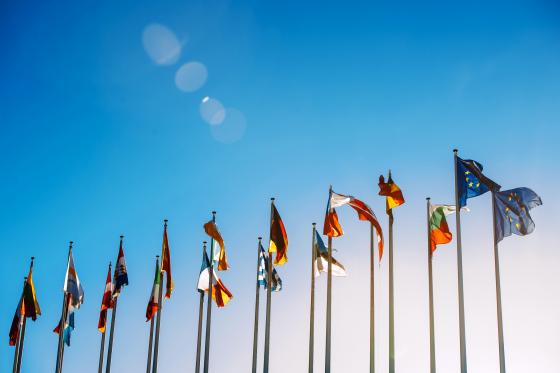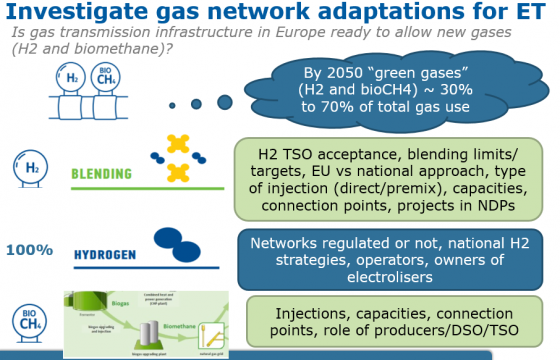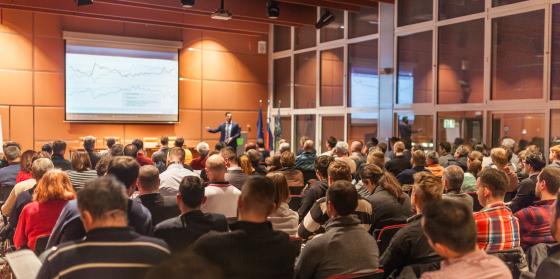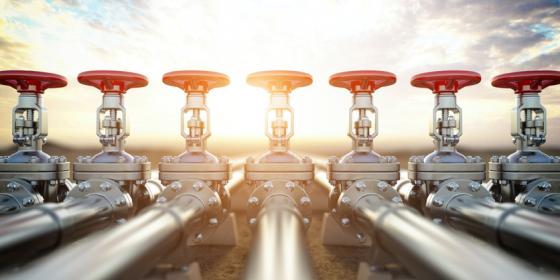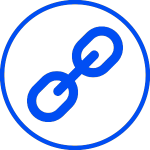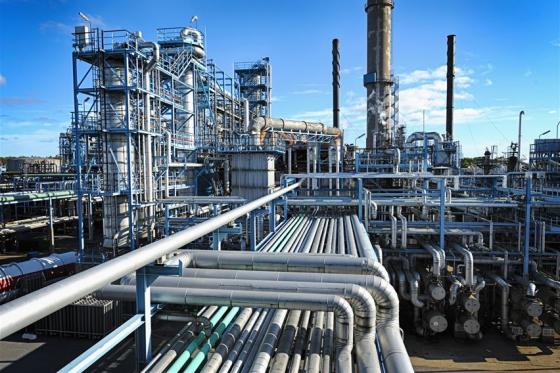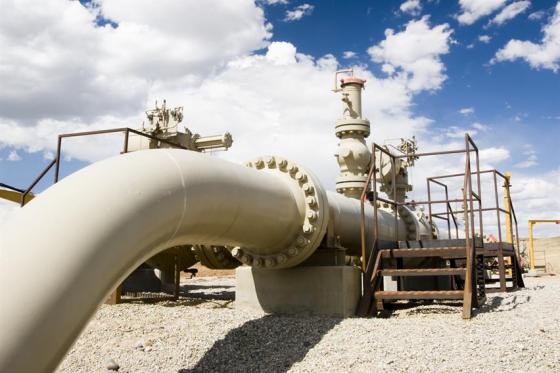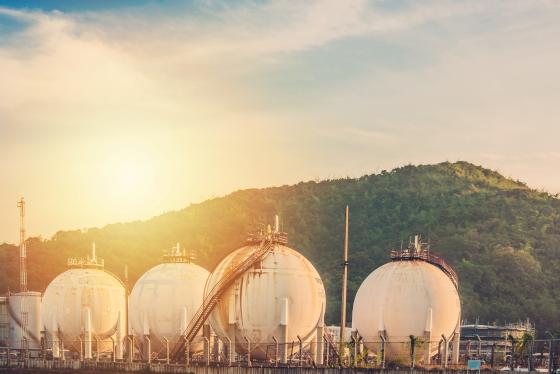Cross-border issues
Cross-border issues
What's the role of ACER?

ACER is responsible for ensuring the effective functioning of the internal gas market and therefore for filling regulatory gaps between the national and the European level. ACER strongly supports the cooperation of national regulatory authorities. If mutual cooperation faces a deadlock in well-defined cases, the Agency can take cross-border actions by using its residual decision-making power.
The Agency can also make recommendations to assist regulatory authorities and market players in sharing good practices and to provide opinions supporting greater compliance with the Guidelines and Network Codes. The Agency works transparently by consulting interested parties throughout its processes and providing opportunities to collect comments and feedback.
ACER has decided on a limited number of cross-border issues, as well as provided opinions for cross-border matters and advised regulators on specific rules in relation to the Guidelines and Network Codes.
Agency decision for the selection of single capacity booking platform at 'MALLNOW IP' and 'GCP VIP
On 6 August 2019, the Agency published its Decision for the selection of the gas capacity booking platform to be used at the 'Mallnow' interconnection point and the 'GCP' virtual interconnection point between Germany and Poland. The Decision establishes the RBP platform to provide services until the concerned transmission system operators agree on the permanent use of a booking platform. This Decision was taken after having consulted relevant stakeholders and technical experts. The Agency received offers from three operational gas booking platforms in response to its Open Call, which were evaluated based on legal, IT and financial requirements. Based on these elements, ACER concluded that RBP submitted overall the most advantageous offer.
These provisions apply for a maximum of three years.
Related documents:
-
2019
Cross-border issues
General Terms and Conditions in standard capacity contracts
Transport contracts for the offer of bundled capacity products are widely used in the European Union. The CAM NC has introduced several changes that harmonised the capacity contracts across the European Union. The ENTSOG template on General Terms and Conditions in standard capacity contracts collects these elements in a single document.
Having a template that is widely used across the European Union can increase the value and usefulness of bundled capacity products, as well as making the administration of contracts easier for the network users.
Cross-border issues
What does ACER say?
ACER believes the ENTSOG Template did not always go as far as would have been desirable. The Agency recommended the template should be turned into a ready-to-use contract, increasing its impact across the European Union.


